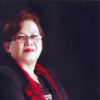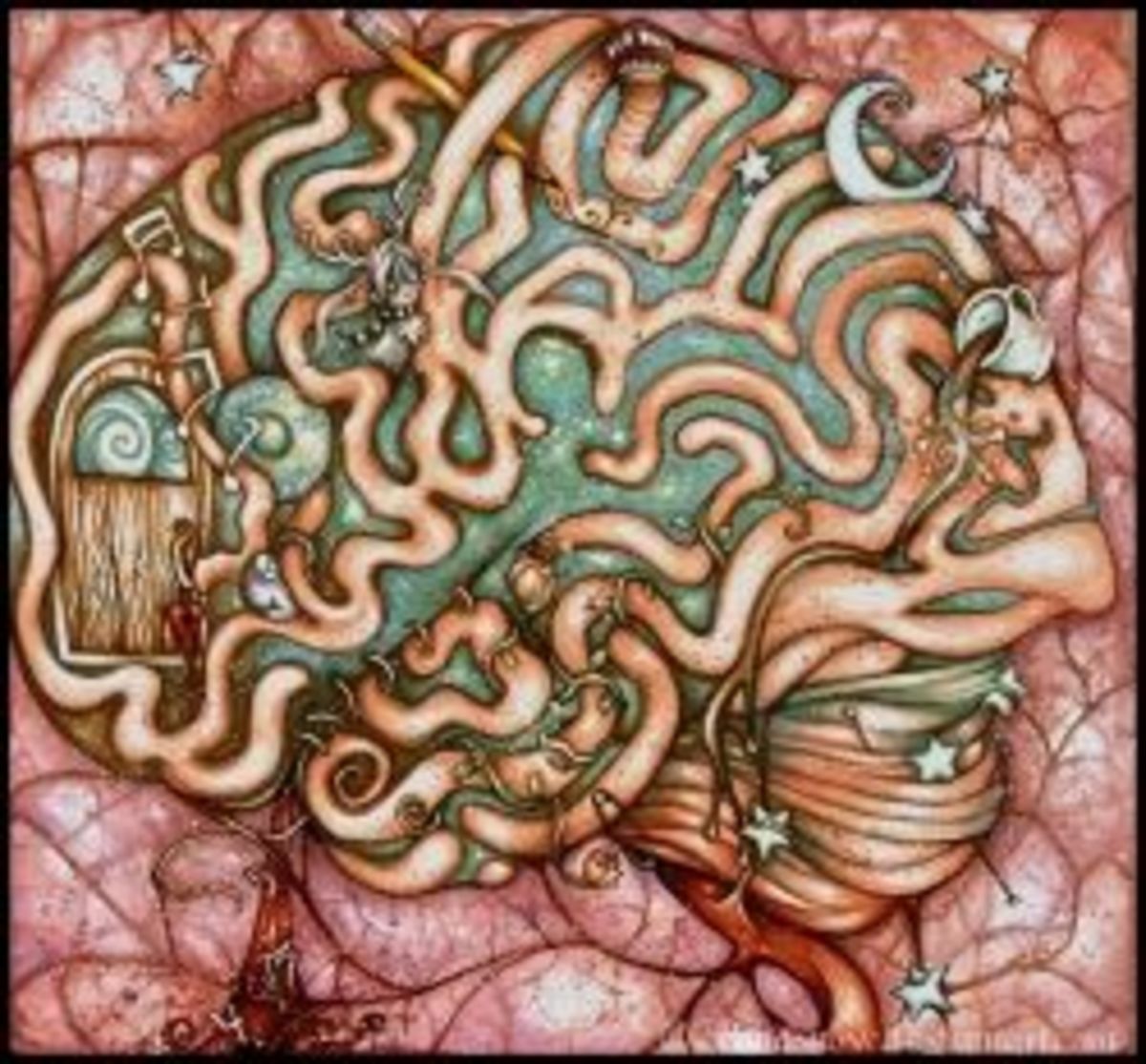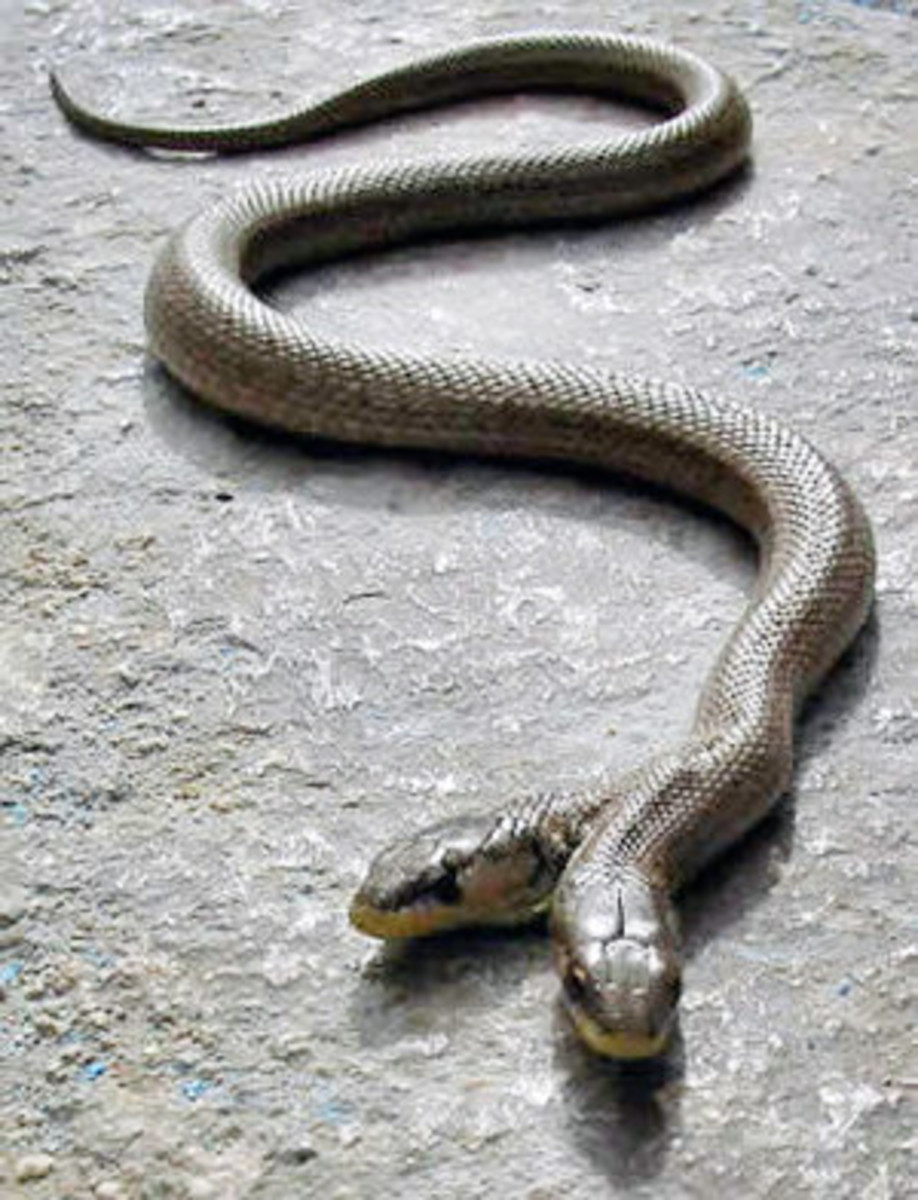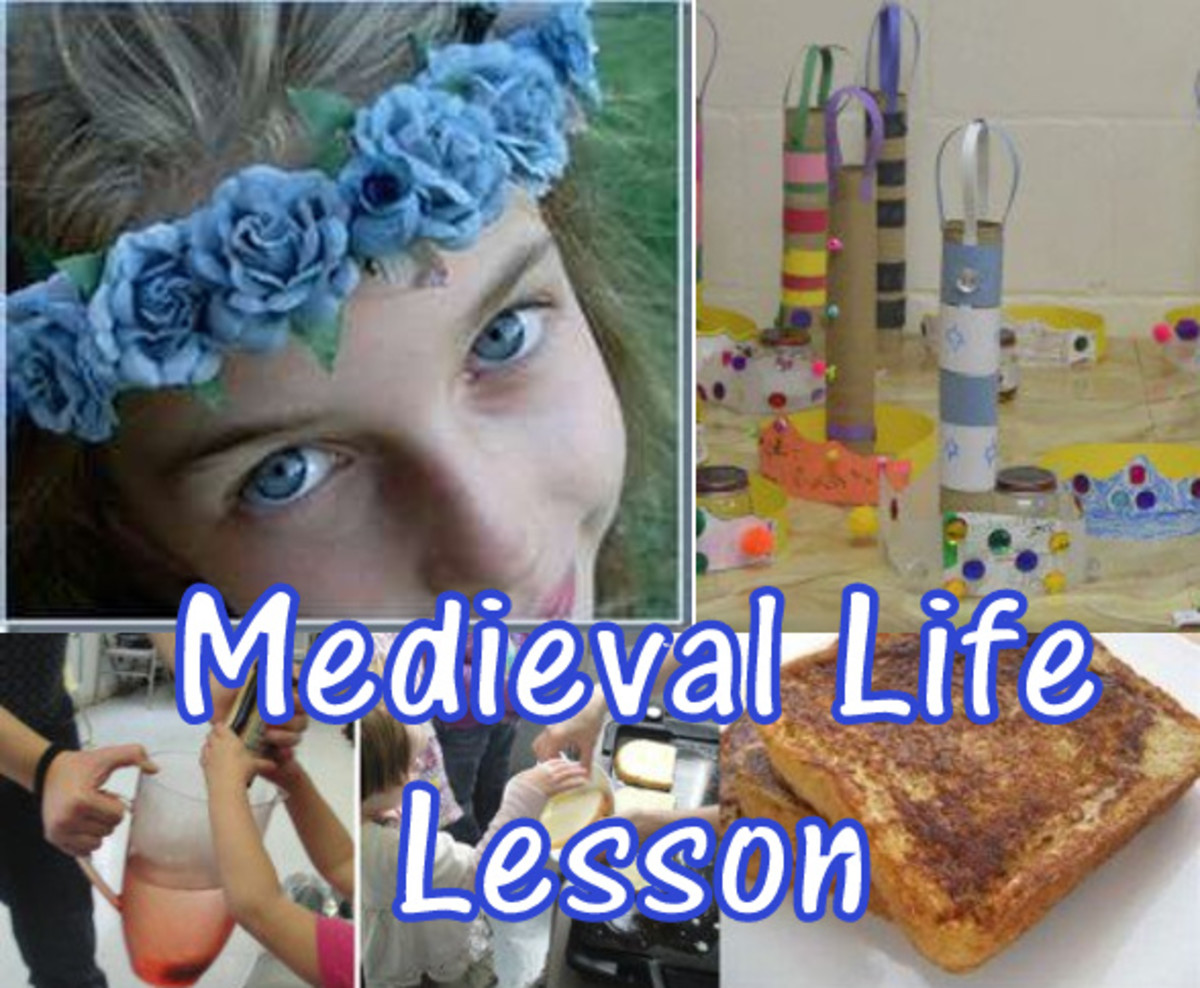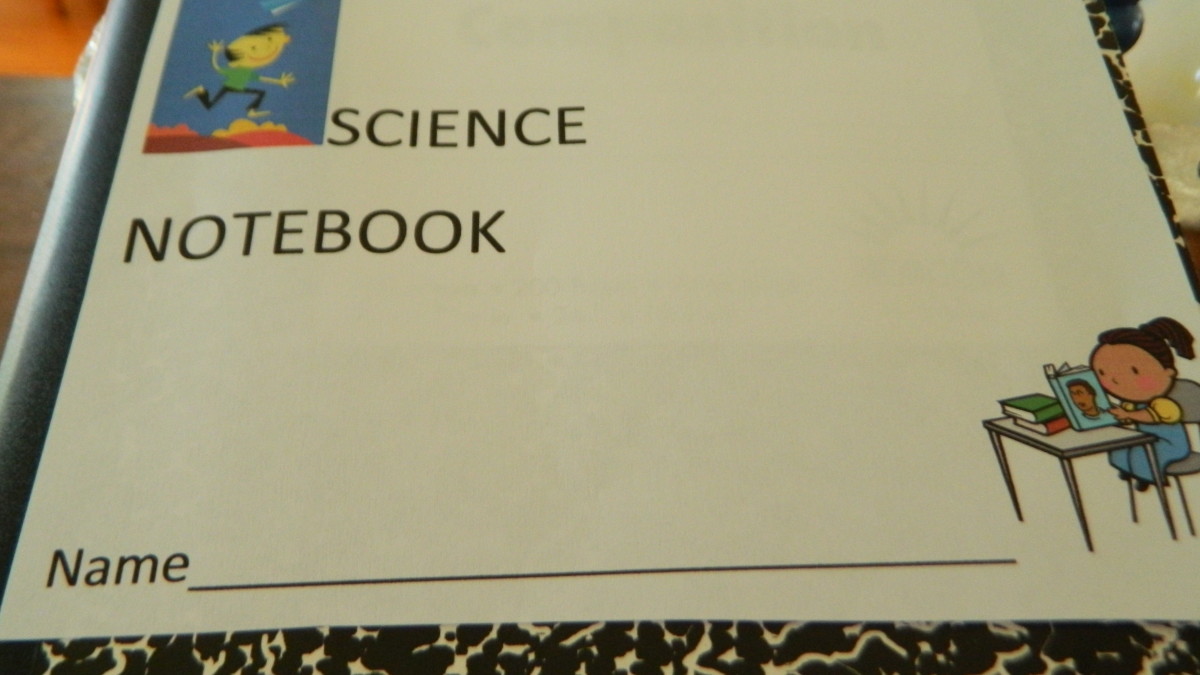The Amazing Facts About the Brain
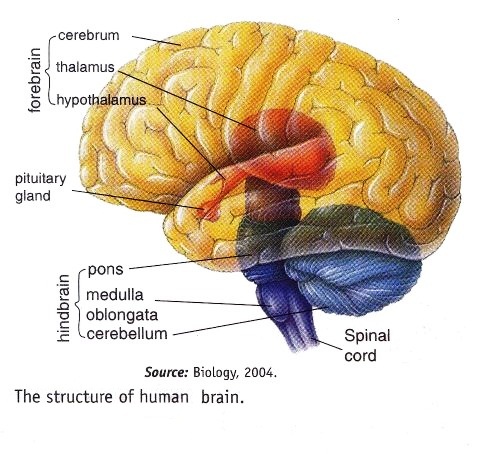
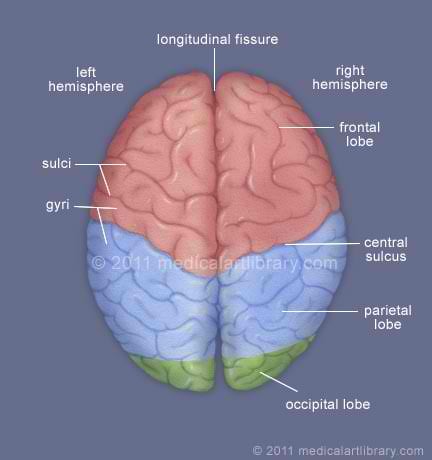
What is amazing about the brain?
The ability of the brain to store the information, become excited, adopt itself, and make decisions, explains why we can talk, walk and use our body. Sometimes an action is done once, and the brain remembers how to do it. At other times an act must be repeated all over again before the brain makes a record and place it in the files. If a new action includes some old ones, the brain sorts out those actions that are familiar and concentrates on that part of the action it must learn. Actions that are repeated often become habits. We do several things at the same time without planning how they should be done.
Life becomes exciting because of the brain. This could be illustrated in the following examples:
You decide to watch a movie, without the cerebrum which is the the thinking part of the brain, you could never make this decision. You could not even imagine what a movie is without your eyes and ears to see and hear. The sense of taste gives you the nice idea of eating a piece of cake. Your sensory nerves tell you that your friend is sick and the motor nerves to hold his hands to comfort him, to turn the chair, to put the cake in your mouth and chew it. The ability of the brain to keep these actions apart yet does them all at the same time makes life fun.
What are the parts of the brain?
The brain is a mass of nerve tissue occupying the cranial cavity and is covered by membranes, fluid, and the bones of the skull. It is a little over three pounds. It is the largest and most complex mass of nervous tissues in the body. It controls all our thinking and all our nerve activities.
1. The cerebral hemispheres are the most superior part of the brain, which enclose and obscure most of the brain stem. The outer nerve tissue of the cerebral hemispheres is the gray matter called the cerebral cortex. The surface of the cerebral hemispheres exhibits elevated ridges of tissue called gyri separated by grooves called as fissures. Other fissures divide each cerebral hemispheres into lobes. A single deep fissure known as the longitudinal fissure separates the cerebral hemispheres. The two hemispheres are composed of the cerebral cortex, basal ganglia and limbic system.
2. The cerebrum controls all the mental processes and all deliberate movements of the body. It is the largest part of the brain and without this part we could neither think nor move any part of the body when we wanted to. It is divided into two sections, which are referred to as cerebral hemispheres by a deep groove called longitudinal fissure. The area between the cerebral hemisphere and the brain stem is the diencephalons.
3. The brain stem connects the cerebrum with the spinal cord. The midbrain is the upper portion of the brain stem. Below it are the pons and the medulla oblongata.
a. The pons is at the base of the skull beneath the cerebellum, receives and sends out impulses or signals from the cerebrum. It has fiber tracts and nuclei involved in respiration.
b. The medulla oblongata is located below the pons. It extends down into the spinal cord and sends on signals received from all parts of the brain. It also contains many nuclei that regulate vital visceral activities. It contains centers that control the heart rate, blood pressure, and breathing swallowing and vomiting.
4. The cerebellum (little brain) is located below the cerebrum at the back of the cerebral hemispheres. It is about the size of a small handball. It controls our sense of balance and our muscle reflexes, such as those that make us automatically take our hand away when we touch a hot object accidentally. It makes it possible for us to work, dance, play games or do anything that needs coordination and balances.
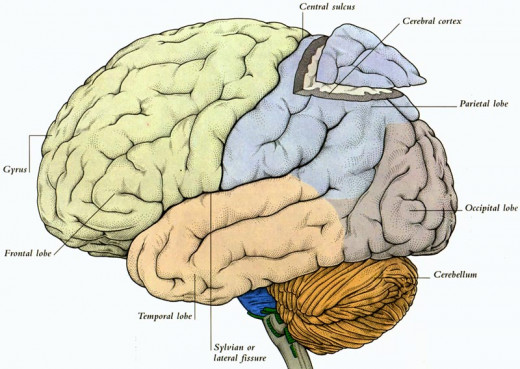
Lobes of the Cerebral Cortex
The cerebral cortex is divided into four lobes which are associated with different functions from reasoning to auditory perception.
- The frontal lobe is found at the front of the brain which is involved with reasoning, motor skills, higher level cognition, and expressive language. The back of the frontal lobe is the motor cortex which receives information from the different lobes of the brain and uses this information for body movements. When the frontal lobe is damaged, this could lead to changes in sexual habits, socialization, and attention as well as increased risk-taking.
- The middle lobe of the brain is the parietal lobe which is associated with processing tactile sensory information which is pressure, touch, and pain. The somatosensory cortex which is essential for processing the body's senses is located in this lobe. When this lobe is damaged this might result to problems involving verbal memory, an impaired ability to control eye gaze and problems with language.
- The temporal lobe which is found at the bottom section is associated with the formation of memories, interpreting sounds and the language we hear. Problems involving memory, speech perception and language skills could result from damaged temporal lobe.
- The occipital lobe which is found at the back portion of the brain is associated with interpreting visual stimuli and information. From the retinas of the eyes. Visual problems such as difficulty in recognizing objects, inability to identify colors, and trouble recognizing words could result to damaged occipital lobe.
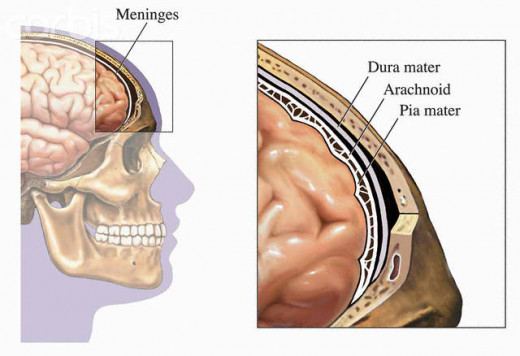
Meninges
These are the three connective tissue membranes covering the brain and spinal cord.
1. Dura mater - the "tough or hand mother" is a double layered membrane where it surrounds the brain.
2. Arachnoid mater- the web like middle meningeal layer of the three meninges.
3. Pia mater – the "gentle mother" the delicate membrane that clings tightly to the surface of the brain and spinal cord
Cerebrospinal Fluid
Cerebrospinal fluid is the fluid produced in the cerebral ventricles that fills the ventricles and surrounds the central nervous system. It forms and drains at a constant rate to maintain its normal pressure and volume, which is 100-160 ml, about half a cup. Its major solutes are glucose, proteins and sodium chloride. Any significant changes in its composition could help in diagnosing meningitis and other brain pathologies like tumors and multiple sclerosis.
Disability symbols
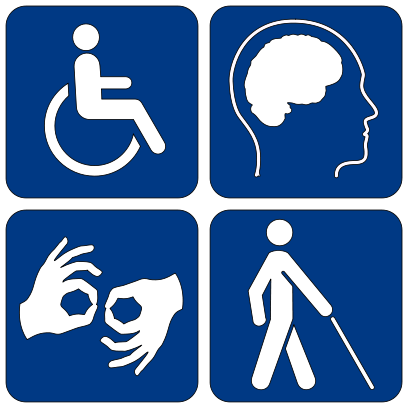
Learning Activities
Title: “Clear the Way”
Introduction
Cerebral palsy is a condition resulting from a problem in the brain, which causes muscles not to work properly. The brain is not able to send messages to the muscles to tell them what to do. Some individuals who have cerebral palsy have difficulty to speak or cannot speak at all because the muscles in their faces have been affected by the condition. People with cerebral palsy also have a lack of control of muscles in other parts of their bodies. Sometimes it may take them longer to do things. Not everyone with cerebral palsy needs a wheelchair, braces or a walker. Some of them may walk with a limp but still can get around just fine.
Objectives:
- To expand understanding of disabilities
- To learn ways to relate positively with persons with disabilities
- To understand cerebral palsy
- To be aware of obstacles people with disabilities encounter
- To respect others
- To enhance group skills of cooperation and leadership
Concepts:
- Central Nervous System
- Cerebral Palsy
Methodology
A. Materials: tape measure, data notebook, pencil or ball pen, s ticker or symbol used for disabled persons
B. Procedure
Part I
- Divide yourselves into five groups.
- Sometimes people with cerebral palsy wear a helmet or use walker because they have trouble in keeping their balance. To experience this, spin around several time with your eyes closed. Then open your eyes and walk in a straight line.
- Why was it hard to walk?
- What did you feel like?
- What could happen to you if you lost your balance?
- Why do you think people with cerebral palsy might wear a helmet or use a walker?
Part II
- Take a walk around the school, a child center, the neighborhood, playground, a shopping center or community building.
- Search for a symbol and for obstacles a person in a wheelchair,with a walker or on crutches might encounter. a. Buildings with only stairs at the entryways b. Curbs more than 2” high c. Doors narrower than the 36” needed for a wheelchair d. Elevator buttons, drinking fountains or telephones too high for a person in a wheelchair to reach e.Obstacles to a hearing impaired person f. Obstacles to a visually impaired person
- Get your sticker or symbol for disabled persons.
- Where have you seen this symbol?
- What does this sign mean to a person with disability?
- Are parking spaces marked with this symbol reserved only for people in wheelchairs?
- What are the problems a person with a wheelchair encountered in places you have visited?
Questions for Review
1. What are the main parts of the brain? Describe the main functions of each part.
2..What is the function of the cerebrospinal fluid? Where and how is it formed?
3. Discuss the four lobes of the cerebral cortex and the impairment or disabilities that would happen in cases of damaged lobes.
4. What are meninges? Be able to describe each of the meninges.
